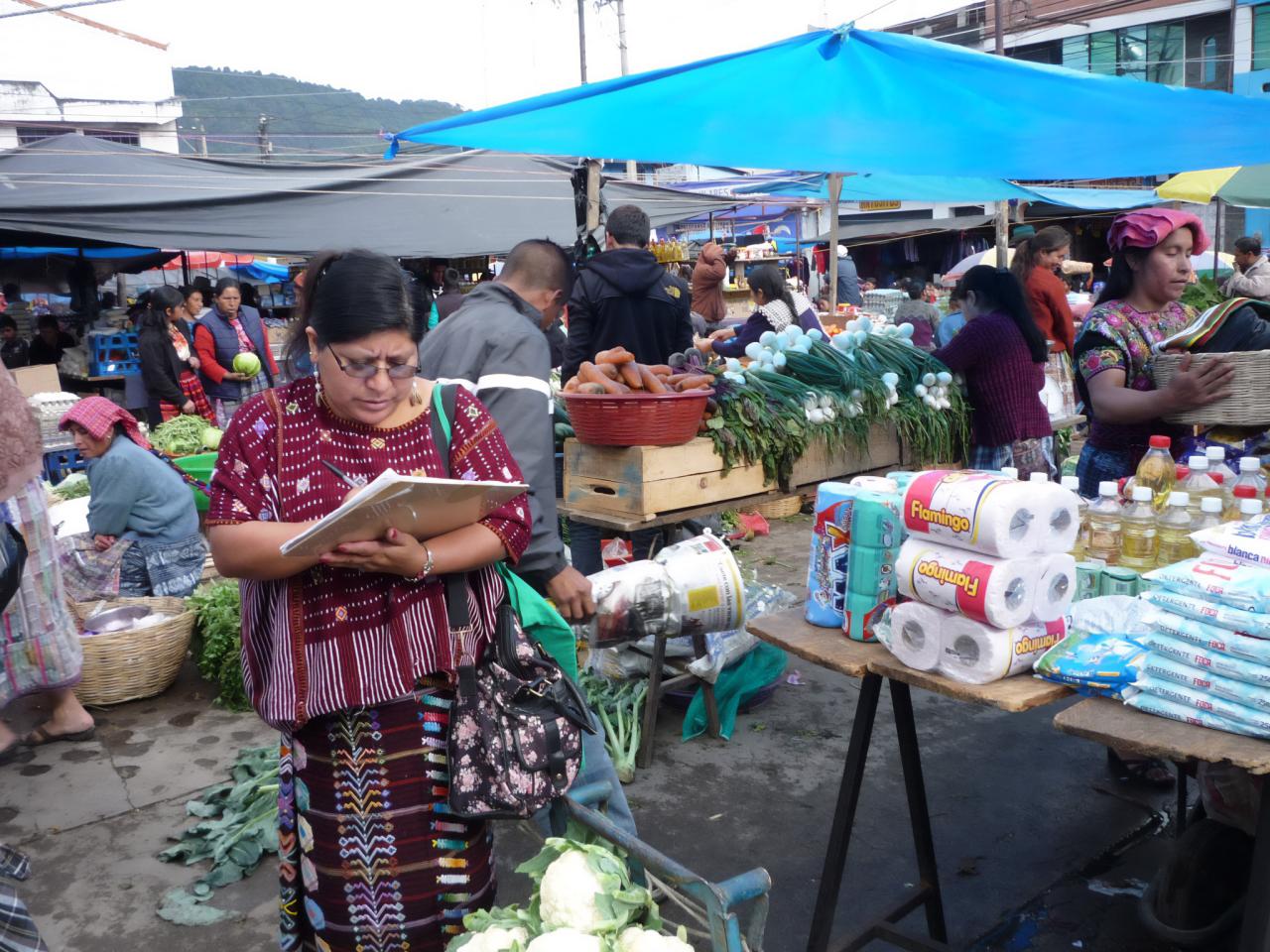
Eating a healthy diet helps to protect health and prevent noncommunicable diseases like diabetes and heart disease. Unhealthy diets are a leading risk factor for poor health around the world, particularly in low- and middle-income countries (LMICs), many of which suffer from the triple burden of malnutrition in a population that includes underweight, micronutrient-related malnutrition, and overweight/obesity. However, there is a lack of data on food consumption and micronutrient intake in LMICs. Such data would help decision-makers understand trends in food consumption and help them develop evidence-based policies and programs to promote healthy diets and fill nutrient gaps, as well as monitor policy impact over time.
Household consumption and expenditure survey (HCES) data can provide proxy measures to estimate food consumption and micronutrient adequacy. HCES, also known as Household Income and Expenditure Survey, Household Budget Survey, or Living Standards Measurement Study (LSMS), are used to collect data on household socio-economic conditions, including the amount of food a household consumes or acquires, usually over one or two weeks. The LSMS is the World Bank’s flagship household survey program. Many LMICs routinely conduct HCES every three to five years. The surveys provide nationally and often sub-nationally representative data on household-level food consumption, which can fill the gap on food consumption data in LMIC, and be useful for policy and program planning.

USAID Advancing Nutrition is involved in several activities to advance the effective use of HCES data. We collaborated with the Micronutrient Action Policy Support (MAPS) project to analyze HCES data in Malawi. The project found, through modeling with HCES data, that large-scale food fortification would contribute to reducing vitamin A inadequacy in the Malawian diet, but other interventions would be needed to fill other gaps in micronutrient intake, especially for the rural poor. USAID Advancing Nutrition plans to continue collaboration with MAPS, training staff from the Tanzania Food and Nutrition Centre to conduct a similar analysis with Tanzania HCES data.
Project experts have collaborated with MAPS to conduct a systematic review of the use of HCES data to develop metrics that describe household dietary nutrient supply. USAID Advancing Nutrition found that researchers are using HCES data to assess diets across populations. The project is developing a guide on how to use and interpret HCES data to assess diets as a part of the project's food systems work.
The project is also conducting a study with MAPS in Malawi to compare estimates of micronutrient inadequacy that we calculate using HCES data with those we derive from quantitative, open 24-hour dietary recall data collected in similar populations at about the same time. The study will help us to determine the accuracy of estimates and dietary inferences we make using the HCES data compared to a reference method, the 24-hour dietary recall. It will provide evidence to better understand how HCES data can be used to assist in policy and program design.
Related Links
- Modeling Food Fortification Contributions to Micronutrient Requirements in Malawi Using Household Consumption and Expenditure Surveys
- [Webinar] Improving Diets Through Innovative Data Analysis and Modeling of Food Fortification: Evidence from Malawi
- Systematic review of metrics used to characterise dietary nutrient supply from household consumption and expenditure surveys